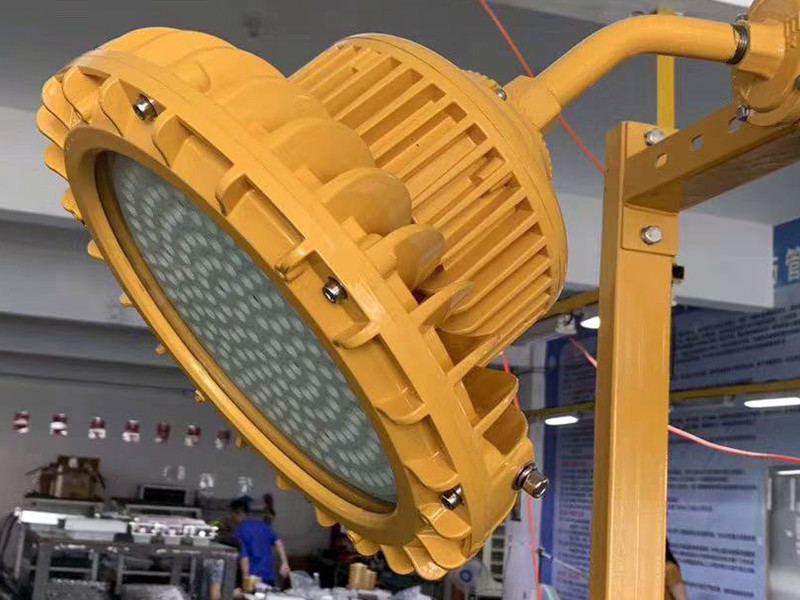Fun awọn ti ko mọ pẹlu awọn imọlẹ bugbamu-ẹri LED, yiyan awọn ọtun le jẹ ìdàláàmú, nigbagbogbo yori si a regrettable ra eni ti awọn ọja. Nitorina, lati yago fun iru awọn aṣiṣe, it’s crucial to research and understand how to choose the correct LED explosion-proof lights.

Awọn okunfa wo ni o tọka si didara ọja naa?
Three main aspects should be considered: the light’s cooling system, the type of chip used, and the driver power configuration. Many people prioritize low prices, but this often means compromised quality. For a Ina bugbamu-ẹri LED that meets performance standards, high-quality components are essential.
Important Considerations for Explosion-proof LED Lighting:
The selection, fifi sori ẹrọ, lo, and maintenance of explosion-proof LED lights are critical to ensure their long-term safety, igbẹkẹle, ati ṣiṣe.
1. Selection: Individuals responsible for selecting these lights should understand the fundamental principles of explosion-proof lighting and be familiar with the relevant explosion-proof certifications.
2. Classification and Type: Choose the explosion-proof category, iru, ipele, and temperature group according to the level of bugbamu hazard in the area.
3. Environmental Conditions and Requirements: Consider the conditions and requirements of the environment where the light will be used. Fun apẹẹrẹ, outdoor explosion-proof lights should have a minimum protection level of IP43. In places where color distinction is crucial, avoid high-pressure mercury and sodium lamps as they have poor color rendering.
4. Product Information: Read the product manual thoroughly to understand its performance, precautions, and limitations. Pay attention to markings like “x” after the bugbamu-ẹri iwe eri number, indicating specific application areas for the light.
How to Choose a Quality LED Explosion-proof Light?
With the significant presence of LED explosion-proof lights in the industry and the vast array of options available, it’s essential to know how to identify high-quality ones.
Ijẹrisi: Look for lights with explosion-proof certification, an essential credential for any explosion-proof lighting.
Light Distribution: Assess whether the lighting is well-distributed. Lights with low brightness, limited coverage, significant disparity between power and performance, or poor distribution should be avoided.
Eto itutu agbaiye: Evaluate the light’s cooling system. Inadequate cooling can lead to reduced lifespan and efficiency.
By considering these factors, you can make a more informed and satisfactory choice when selecting LED explosion-proof lighting.
 Shenhai bugbamu-Imudaniloju
Shenhai bugbamu-Imudaniloju


WhatsApp
Ṣayẹwo koodu QR lati bẹrẹ iwiregbe WhatsApp pẹlu wa.